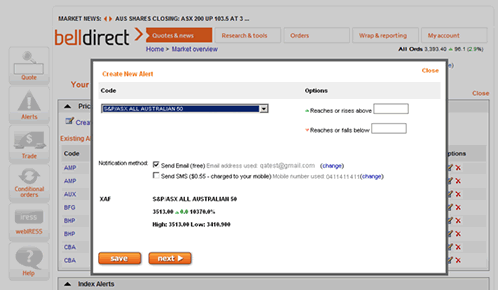How to Trade Index Spreads with Tax Advantage
Post on: 8 Июль, 2015 No Comment

Preparations for paying income related taxes come with the start of a New Year. In this article, we’ll show how investors can potentially reduce their income taxes for broad based index spread trades and introduce methodologies and tools for trading broad based index spreads.
Section 1256 Contracts Marked to Market
Trading broad-based index options for taxable accounts can have some favorable consequences when paying federal income taxes. The IRS has a provision known as a Section 1256 Contracts Marked to Market. A section 1256 contract is any:
- Regulated futures contract,
- Foreign currency contract,
- Non-equity option,
- Dealer equity option,
- Dealer securities futures contract.

Broad-based Index Options
The third item in this list, non-equity option, is of interest for trading index options. The IRS defines a non-equity option as any listed option that is not an equity option. According to the IRS, non-stock options include debt options, commodity futures options, currency options, and broad-based stock index options. A broad-based stock index is based upon the value of a group of diversified stocks or securities (ten or more). Standard and Poors 500 index is one example of a broad-based stock index.
Generally, capital gains from stock or stock option investments held less than one year are considered short-term and those held longer than one year are considered long-term. However, according to the IRS, under the marked to market system, 60% of a capital gain or loss may be treated as a long-term capital gain or loss and 40% may be treated as a short-term capital gain or loss, even if the position was held for less than a year. The ramification of this rule is that capital gains or losses considered to be long-term have lower marginal tax rates than short-term capital gains or losses, and index options on broad-based indexes qualifying under the 60/40 rule have a more favorable tax treatment over options on equities considered short-term investments.
For example, for a short-term capital gain with a marginal tax rate of 35%, the marginal taxes on a $1,000 capital gain would be $350 and for a long-term capital gain with a marginal tax rate of 15%, the marginal taxes on $1,000 would be $150. Using the 60/40 rule, 60% of the capital gain, $600, would be taxed at 15% and 40% of the capital gain, $400, would be taxed at 35%, so the taxes paid under the 60/40 rule would be $90 for the portion considered long-term and $140 for the portion considered short-term for a total of $230 which is $120 less than if the total capital gain were considered short-term. The composite marginal tax rate for this example of the 60/40 rule is 23%, 12% less than the 35% rate for short-term capital gains and represents paying 34% less in income taxes.
Actual Broad-Based Index Spread Trade Example
A bull-put credit spread was entered for PowerOptionsApplied’s Chromium TradeFolio™ on 8/5/2011 with the initial position and representative market bid/ask prices as shown below:
Initial Position Entered on 8/5/2011














